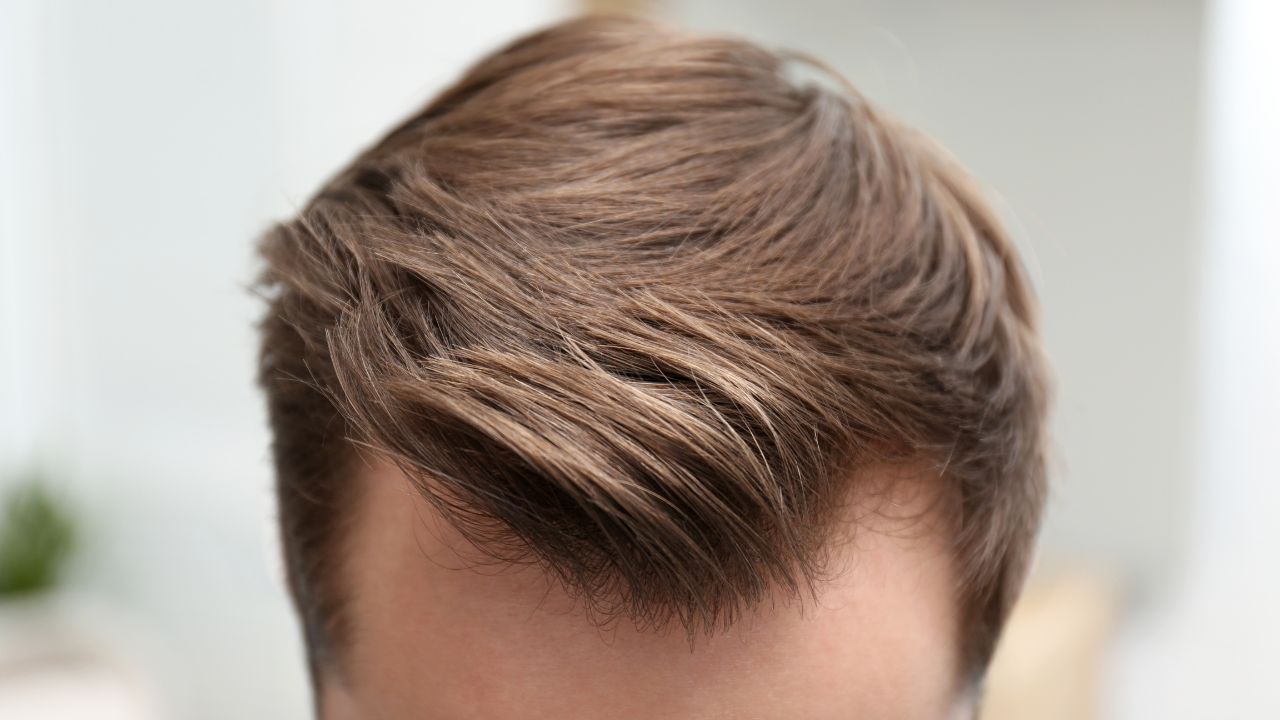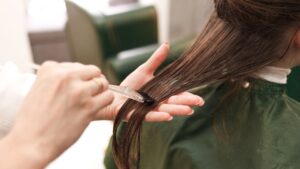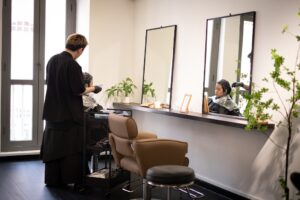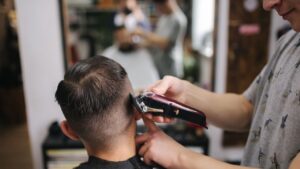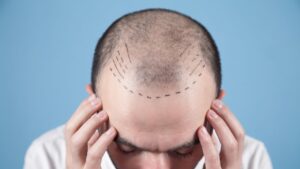Considering a hair transplant is a significant step, often deeply connected to feelings about appearance and self-confidence. When performed by the right hands, this procedure has the potential to deliver life-changing, positive results.
Step 1: Is Your Doctor Properly Qualified?
Before considering any other factor, verifying a doctor’s fundamental qualifications is essential.
The Basic: Ministry Of Health (MOH) Registration
In Singapore, it is a legal requirement that all practising medical doctors must be registered with the Singapore Medical Council (SMC), a statutory board operating under the Ministry of Health (MOH). This registration confirms that the individual is legally permitted to practice medicine in the country.
Prospective patients can, and should, easily verify a doctor’s registration status. This can be done through the official SMC website, which features a “Search for registered doctors” tool , or via the MOH Health Professionals Portal. Performing this check is a crucial first step to confirm the legitimacy of any practitioner being considered.
It is important to understand, however, that while SMC registration is mandatory and confirms a doctor’s legal right to practice, it does not automatically guarantee specific expertise or extensive experience in the specialised field of hair transplantation. Hair restoration requires a distinct set of skills beyond general medical training.
Beyond Basics: Specialisation & Affiliations
While any registered doctor in Singapore might technically offer hair transplants , patients should look for practitioners with relevant backgrounds and further commitments to this specific field. Doctors specializing in Dermatology or Plastic Surgery often have strong foundational training relevant to hair and skin procedures.
More significantly, affiliations with reputable international hair restoration societies signal a doctor’s dedication to the specialty. Key organizations to look for include:
- International Society of Hair Restoration Surgery (ISHRS): Membership in ISHRS generally indicates a commitment to the field, adherence to ethical standards, and access to ongoing education, conferences, and the latest advancements in techniques and research. ISHRS provides high-quality education and fosters a network for physicians to improve patient outcomes.
- American Board of Hair Restoration Surgery (ABHRS): Certification by ABHRS is considered a higher credential, requiring physicians to pass rigorous written and oral examinations that assess their skill, knowledge, and aesthetic judgment in hair restoration surgery. ABHRS is the only board certification specifically focused on hair restoration recognized by ISHRS.
Patients should check clinic websites or inquire directly during consultations whether the doctor holds these credentials. While online directories exist (e.g., ABHRS “Find a Physician” , ISHRS “Find a Doctor”), the number of listed doctors specifically in Singapore may be limited.
Holding membership or certification from these specialized bodies strongly suggests a doctor has invested significant effort in mastering hair restoration, going beyond their basic medical license and keeping current with best practices in this evolving field.
Step 2: Digging Deeper. Experience is Key
Beyond formal qualifications, a surgeon’s practical experience is paramount for achieving successful and natural-looking hair transplant results.
Quantity & Quality
It is advisable to look beyond the number of years a doctor has been practicing medicine.
- Inquire specifically about their experience with hair transplant procedures. How many have they performed? Some professional affiliations may even have minimum case requirements.
- Consider whether hair restoration is a primary focus of the clinic or doctor, or if it’s just one of many aesthetic services offered. Clinics and surgeons specializing exclusively or primarily in hair restoration often develop a higher level of expertise and refinement in their techniques.
Experience is crucial because hair transplantation is both a science and an art. It requires not only technical proficiency in harvesting and implanting grafts but also an aesthetic eye for designing a natural hairline, achieving appropriate density, and ensuring transplanted hairs mimic natural growth patterns.
Experienced surgeons are also better equipped to handle variations in hair types, scalp characteristics, complex cases, and to anticipate or manage potential complications effectively.
During the consultation, patients should consider asking questions like, “Approximately how many hair transplant procedures do you perform each month or year?” and “Is hair restoration a significant part of your business?”.
Technique-Specific Experience
Hair transplant surgeons may specialize in Follicular Unit Extraction (FUE), Follicular Unit Transplantation (FUT), or be proficient in both. It is important to ensure the surgeon has ample experience with the specific technique being recommended for the patient’s situation.
A surgeon skilled in multiple techniques may be better positioned to offer an unbiased recommendation tailored to the individual’s needs (considering factors like the extent of hair loss, desired density, donor hair availability, scalp laxity, and tolerance for scarring) rather than defaulting to the only technique they perform.
Skill Over Gadgets
While advanced technologies like robotic systems (e.g., ARTAS ) or sophisticated motorized FUE devices exist and can assist the process , it is crucial to understand that the surgeon’s skill, experience, and artistic judgment remain the most critical factors for success.
As we have just mentioned, achieving a truly natural-looking result depends heavily on the surgeon’s ability to design the hairline.
Patients should not be overly influenced by marketing focused solely on the latest technology. An exceptionally skilled surgeon using manual FUE techniques can achieve results superior to those of a less experienced operator using a robot. The focus during evaluation should remain on the surgeon’s proven abilities and consistent results, rather than solely on the equipment advertised.
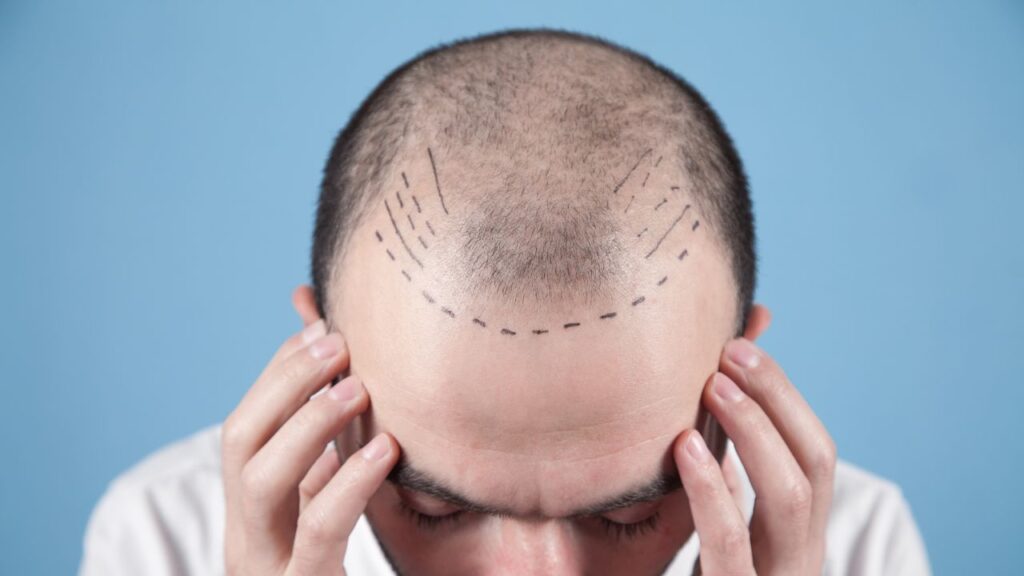
Step 3: Seeing is Believing: Reviewing Before & After Photos
Visual evidence of a surgeon’s past work is invaluable, but accessing it in Singapore requires understanding local regulations.
The Challenge: MOH Advertising Rules
MOH strictly prohibits the public advertising of “before and after” photographs for medical and aesthetic treatments. This includes display on clinic websites, social media pages, online ads, and printed materials distributed outside the clinic premises.
The purpose of this regulation is to protect patients from potentially misleading advertisements and the creation of unrealistic expectations about treatment outcomes.
The Solution: Ask During Consultation
Crucially, these regulations do allow doctors to show before-and-after photographs to patients privately during a one-on-one consultation within the clinic premises. Some clinics explicitly mention this allowance on their websites as the appropriate context for viewing such images.
Therefore, prospective patients must proactively request to see the surgeon’s portfolio during their consultation. This private viewing is the primary opportunity in Singapore to visually assess the quality and consistency of the surgeon’s work.
What to Look For
When reviewing a portfolio during consultation, patients should pay attention to:
- Natural-Looking Hairlines: Successful transplants feature hairlines that are slightly irregular and soft, mimicking nature, rather than perfectly straight, harsh lines.
- Appropriate Density and Coverage: The transplanted hair should look suitably dense for the area, providing good coverage without appearing artificial or doll-like.
- Consistency Across Patients: Look for consistently good results across various examples, not just one or two standout cases.
- Relevance to Your Case: Ask specifically for photos of patients who had similar characteristics, such as age, hair type (colour, texture), and pattern/degree of hair loss.
- Donor Area Healing: If possible, inquire about photos showing the appearance of the donor area (back/sides of the head) after healing, particularly the linear scar from FUT or the pattern of tiny dots from FUE.
The restriction on public display of before-and-after photos places immense importance on the consultation phase. A surgeon who readily shares a comprehensive and relevant portfolio during this private meeting demonstrates transparency and confidence in their results.
Any reluctance to show patient photos upon request should be considered a potential red flag.
Step 4: Hearing from Others: Navigating Patient Reviews
Patient testimonials and reviews can offer valuable insights into the experience at a particular clinic, but they should be approached with a discerning eye.
Authenticity & Bias. It is wise to approach online reviews critically:
- Be Skeptical: Be wary of reviews that seem overly effusive or excessively negative, as these can sometimes be fake or biased. Clinic websites often feature testimonials, but these are naturally selected by the clinic and may not present a balanced view.
- Consider Volume and Consistency: A large number of consistently positive (or negative) reviews over time is generally more reliable than just a few isolated comments.

Step 5: The All-Important Consultation
The consultation is arguably the most critical step in the selection process. It’s a two-way street: the patient evaluates the doctor and clinic, while the doctor assesses the patient’s suitability for the procedure. A high-quality consultation should feel comprehensive, unhurried, and empower the patient with clear information.
A thorough consultation typically includes:
- Detailed Assessment: A careful evaluation of the patient’s specific hair loss pattern, its severity, the condition of the scalp, and the characteristics of both donor and recipient hair (thickness, texture, colour). This often involves close examination, potentially using magnification or microscopic tools. A review of the patient’s medical history, family history of hair loss, and lifestyle factors is also essential.
- Technique Explanation: A clear, unbiased explanation of the recommended surgical technique, typically FUE, FUT, or DHI. The surgeon should articulate why a particular technique is deemed most suitable for the patient’s individual circumstances, honestly discussing the pros and cons of each relevant option.
- Personalised Treatment Plan: Discussion of the estimated number of grafts required to achieve the desired outcome. This includes proposing a natural-looking hairline design appropriate for the patient’s age and facial structure and outlining the strategy for placing grafts to achieve optimal density and a natural appearance.
- Realistic Outcomes: An honest and transparent discussion about the expected results and the typical timeline for hair growth. This includes mentioning the initial shedding phase (telogen effluvium) of transplanted hairs around 2-3 weeks post-op, the start of new growth typically around 3-4 months, and the gradual thickening towards final results, usually visible between 9 to 12 months or longer.
Any limitations of the procedure should be clearly stated. The potential need for ongoing medical therapy (like Minoxidil or Finasteride) to maintain existing, non-transplanted hair should also be addressed, as transplantation doesn’t stop underlying progressive hair loss.
- Risks & Recovery: A frank discussion of potential risks and complications, such as infection, bleeding, swelling, numbness, scarring, temporary shock loss of existing hair, or suboptimal growth. The recovery process, expected downtime, and detailed post-operative care instructions should be explained thoroughly.
- Cost Transparency: Provision of a clear, itemized, written quotation detailing the full cost of the procedure. This breakdown should clarify what is included (e.g., surgeon’s fee, anaesthesia, facility fee, medications, post-op checks) and what might be extra. Learn more about the typical price range of hair transplants in Singapore through our article.
Step 6: The Vibe Check: Trust Your Gut
Beyond the objective criteria, the subjective feeling of comfort and trust is important. Hair transplant surgery is a significant undertaking, and the relationship with the surgeon and clinic team extends through the procedure and post-operative period.
Patients should consider whether the clinic environment feels clean, professional, safe, and welcoming. Does the surgeon and their staff listen attentively and treat patient concerns with respect? If a prospective patient feels uncomfortable, rushed, or pressured during the consultation, or if something simply doesn’t feel right, it is perfectly acceptable, and often wise, to seek a second opinion from another qualified surgeon.
Furthermore, trust encourages better adherence to crucial post-operative instructions, which directly impacts the healing process and the final success of the transplant.

Conclusion
Choosing to undergo a hair transplant is a personal decision, and selecting the right surgeon and clinic in Singapore is the most crucial element for achieving satisfying, natural-looking results.
Investing time in this research and evaluation process is not just recommended, it is essential. By carefully considering the factors we have covered, prospective patients can significantly increase their chances of a positive hair transplant experience and achieve results that restore not just hair, but also confidence.
Learn more about the different hair transplant options available in Singapore.

